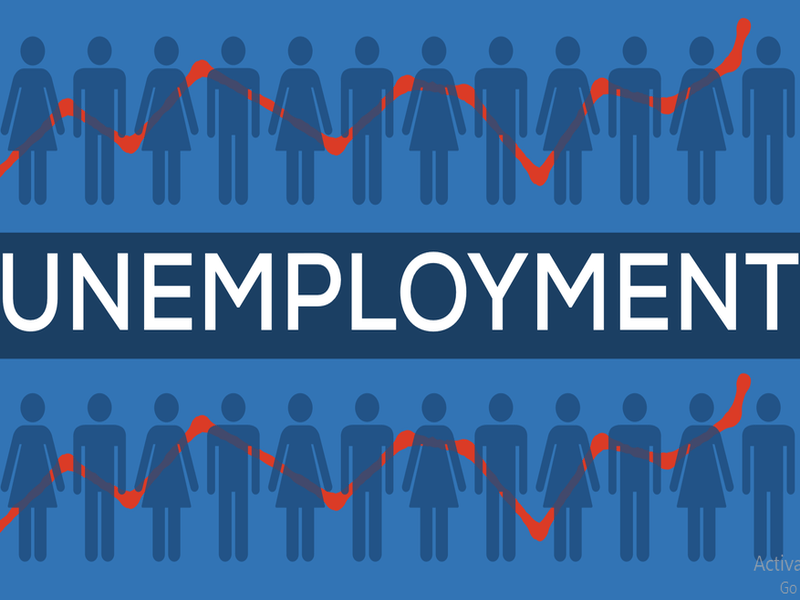Friday 26th July 2024

The COVID-19 crisis has hit the economic activity very badly, deepening further the unemployment rate among youth.
The International Labor Organization (ILO) revealed some alarming facts in its latest analysis of Covid-19 impact on the labor market.
The analysis titled ‘ILO Monitor: COVID-19 and the world of work 4th Edition’ concluded that more than one in every six youngsters were away from work since the COVID-19 pandemic began.
And, the working population reported cut in their working hours by 23 percent.
The crisis badly hits youth with unemployment growing at a rapid rise, and women are the worst hit than men.
Not just employment, the crisis has also interrupted education and training programs.

Source: ILO
The youth unemployment rate was at 13.6 percent in 2019, globally, highest than any other group, with more than 267 million youth not under any form of employment, education, or training.
The working population in the 15-24 age group was either migrants or informal sectors with low payments.
Given this situation, ILO calls for policy-level support for youth employment, education and training programs in developed nations, and employment-intensive guarantee schemes in low and middle-income countries.
“If we do not take significant and immediate action to improve their situation, the legacy of the virus could be with us for decades. If their talent and energy are side-lined by a lack of opportunity or skills, it will damage all our futures and make it much more difficult to re-build a better, post-COVID economy,” says ILO Director-General, Guy Ryder.
Due to COVID-19, 4.8 percent of working hours went in vain in the first quarter of 2020, which equals to 135 million full-time jobs calculated at 48-hour working week.
Now, the number of jobs list in Q2 of 2020 stands at 305 million.
Americas (13.1 percent), and Europe and Central Asia (12.9 percent) present the most massive losses in hours worked in Q2 2020.
By Region, the Americas (13.1 percent) report the highest percentage of loss in working hours, followed by Europe and Central Asia (12.9 percent) in Q2 2020.
Rigorous testing and tracing of Covid-19 patients are also crucial to the effective functioning of the labor market.
The economies with the most reliable testing methods report a 50 percent fall in the reduction of working hours, as this boosts employee confidence about safety at the workplace.
Moreover, testing and tracing activities alone can create temporary job opportunities.
“Testing and tracing can be an important part of the policy package if we are to fight fear, reduce risk and get our economies and societies moving again quickly,” says Ryder.
Overall, ILO strongly recommends economic stimulus for boosting enterprises, employment, and overall incomes, along with measures to ensure employee safety at the workplace while relying on social dialogue for solutions.